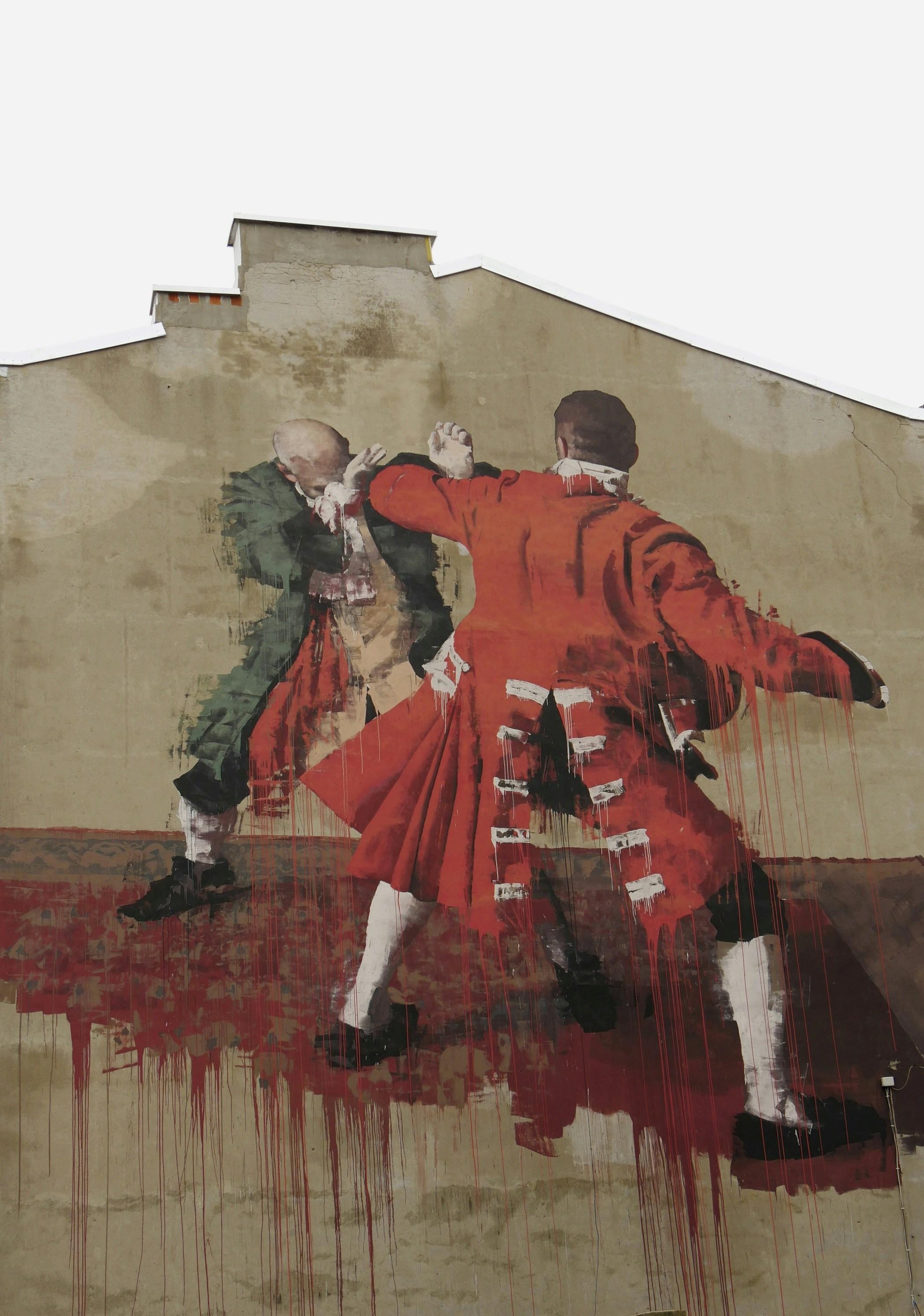In the landscape of late 20th-century cinema, few films have managed to etch themselves into the cultural consciousness as indelibly as “Fight Club.” Released in 1999 and directed by David Fincher, the film initially garnered mixed reviews and modest box office success. However, over the years, it has transcended its origins to become a defining cultural icon for a generation disillusioned by consumerism and the search for identity. This article delves into the multifaceted elements that have contributed to “Fight Club’s” enduring legacy, exploring how its themes, narrative style, and socio-political commentary resonated with audiences and solidified its place in the annals of cultural significance. By examining the film’s impact on popular culture and its reflection of societal undercurrents, we aim to understand the factors that propelled “Fight Club” from a controversial release to a symbol of generational angst and introspection.
Origins and Themes of Fight Clubs Cultural Resonance
The cultural resonance of “Fight Club” can be traced back to its origins, deeply rooted in the themes of existential disillusionment and societal critique. Chuck Palahniuk’s novel, which later inspired the iconic film adaptation, emerged at a time when many were questioning the superficiality of modern life. The narrative explores the struggles of identity and the repression of primal instincts in an increasingly homogenized world. This backdrop of existential angst speaks to the heart of a generation seeking authenticity amidst consumer-driven chaos.
- Rebellion against Consumerism: The story critiques the relentless pursuit of material possessions and the illusion of happiness they promise.
- Search for Identity: Characters grapple with their roles and identities in a society that prioritizes conformity over individuality.
- Masculinity and Vulnerability: The narrative challenges traditional notions of masculinity, highlighting the internal conflicts faced by men in modern society.
These themes resonate deeply, offering a mirror to the frustrations and desires of those feeling trapped by societal expectations. The cultural impact of “Fight Club” lies in its ability to articulate these sentiments, transforming personal turmoil into a shared cultural experience.

Impact of Fight Club on Contemporary Masculinity
In the years since its release, *Fight Club* has resonated deeply with audiences, particularly in its exploration of modern masculinity. This cultural artifact challenges the traditional notions of what it means to be a man in a rapidly changing society. The film and the novel it is based on delve into the psyche of men who feel disenchanted by consumerist culture and the emasculation they perceive from modern societal expectations. By showcasing characters who rebel against these norms, it has sparked discussions about identity, freedom, and the consequences of unbridled aggression.
- Disillusionment with Consumerism: The narrative criticizes the way consumer culture diminishes individuality, prompting viewers to question their own life choices.
- Exploration of Identity: Through its protagonist, the story explores the duality of human nature and the struggle to find one’s true self amid societal pressures.
- Rebellion and Aggression: The creation of the fight club itself symbolizes a rebellion against the emasculating effects of modern life, highlighting the complexities of male aggression.
These themes have made *Fight Club* a touchstone for discussions on masculinity, encouraging audiences to reflect on the societal constructs that shape their understanding of gender roles.

Analyzing the Influence of Fight Club on Modern Media
The film adaptation of Chuck Palahniuk’s novel has permeated various facets of modern media, manifesting its impact through a blend of visual storytelling and thematic exploration. Its narrative style, characterized by unreliable narration and a critique of consumer culture, has inspired filmmakers and content creators to adopt similar storytelling techniques. The film’s use of stark, gritty aesthetics and its blend of dark humor with existential questions have become a blueprint for many contemporary works seeking to challenge conventional narratives.
- Narrative Techniques: The use of unreliable narrators and fragmented storytelling has been echoed in series like “Mr. Robot” and films such as “Inception”.
- Visual Aesthetics: The gritty, raw visual style has influenced the cinematography of modern dystopian films and series.
- Cultural Critique: Its sharp critique of consumerism and identity has sparked a wave of media content exploring similar themes, from indie films to blockbuster hits.
Moreover, the film’s iconic quotes and philosophical musings have been immortalized in meme culture, resonating with a generation seeking to question societal norms. This cultural penetration is evident in how modern media often references or pays homage to its themes, solidifying its status as a cornerstone in the discourse of identity and modernity.

Recommendations for Understanding Fight Clubs Enduring Legacy
To truly grasp the enduring legacy of Fight Club, one must delve into its multifaceted cultural impact. The film’s exploration of identity, consumerism, and masculinity resonates deeply with audiences, prompting introspection and discourse. Key recommendations for understanding its significance include:
- Examine the societal context: Understanding the socio-economic conditions of the 1990s, when the film was released, can provide insights into its themes of disenchantment and rebellion.
- Analyze character development: The protagonist’s journey from corporate drone to revolutionary leader serves as a critique of modern life’s constraints and offers a mirror to personal discontent.
- Explore philosophical underpinnings: The film’s nods to existentialism and nihilism invite viewers to question traditional values and the nature of self-fulfillment.
By engaging with these elements, one can appreciate how Fight Club transcends its narrative to become a symbol of a generation’s quest for meaning in a chaotic world.
